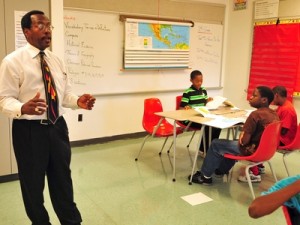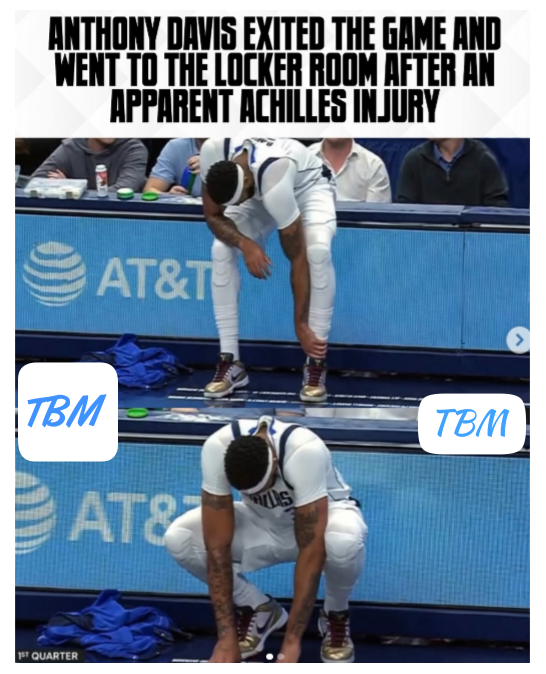(ThyBlackMan.com) Family anecdotes and research studies have shown that children of color in K-12 schools face bias. They are more likely to be disciplined harshly and less likely to be identified as gifted and therefore unable to take part in special programs for gifted children. This kind of Racism is particularly debilitating as it often has serious consequences including more prison incarcerations among young people of color and traumatizing children of color.
The Widespread Racial Disparities in Suspensions
The US Department of Education says that black students are at least 3 times more likely to be suspended or expelled than white students. This racial disparity is even greater in the American South. The University of Pennsylvania’s Center for the Study of Race and Equality and Education found that 13 Southern states including Alabama, Arkansas, Georgia, Florida, Mississippi, South Carolina, North Carolina, Tennessee, Texas, Virginia and West Virginia were responsible for 55% of the 1.2 million black students suspended in the country in 2016.
The same study also found that these 13 states accounted for 50% of all expulsions of black students. The racial disparity becomes more apparent in the finding that 84 Southern school districts, all students suspended were black. And these harsh forms of discipline don’t just affect grade school students of color. According to the U.S. Department of Education found that while black students only make-up 18% of all children in preschool, they represent more than half of suspended preschoolers.
Preschoolers often engage in behavior such as hitting, biting and kicking. But most preschools have interventions that are meant to counter these behavioral extremes. Yet, the studies described above seem to suggest that only black students act out in preschool. Logic says otherwise.
Minorities are less likely to be identified as Gifted
Children from minority groups and from poor families are less likely to be identified as gifted or talented and more likely to be identified as needing special services by teachers. The American Education Research Association published a report in 2016 that showed that black third graders were half as their white counterparts to participate in gifted or talented programs. The same study authored and published by Vanderbilt University scholars also found that Hispanic students were also half as likely to be included in those programs.
It is easy to dismiss this study by stating that white students are more naturally gifted than children of color. That is until you consider the fact that when children of color have teachers of color, the chances that they will be identified as gifted significantly increase. This is a clear indication that teachers tend to overlook talent and giftedness in children of color.
It may also be that the criteria used to identify gifted children is somewhat lacking. This is clearly demonstrated by the experiment conducted by the school district in Broward County, Florida. When the district changed the screening criteria to identify gifted children, the number of children identified as gifted in all racial groups rose. The school district didn’t just rely on teacher and parent recommendations to identify gifted children, but required each second-grader to take a nonverbal test. Students who did well went on to take an I.Q. test. The results from the combined tests identified gifted students which led to the number of black and Hispanic students considered gifted tripling.
Students of Color Don’t Have Qualified Teachers
Research has also found that children of color are least likely to have qualified teachers. One such study published in 2015, found that in the state of Washington, black, Hispanic and Native American youth were more likely to have teachers with the least amount of qualifications and experience. The consequence is the worst exam scores and the poorest record of improvement.
Another related research found that youth of color are also less likely to have access to advanced placement classes than their white counterparts. They are even less likely to enroll in advanced science and math. All of these factors negatively impact their chances of college admission.
Other Ways Students of Color Face Discrimination
On top of being less likely to be identified as gifted or join an honors class, students of color are also more likely to attend schools with a higher police presence than their white counterparts. This can expose the children to the possibility of police violence.
Children of color are also more likely to face discrimination from teachers and other students for wearing their hair in a style that reflects their cultural heritage. There are cases of black and Native American students being reprimanded for wearing braids.
This racial bias in schools has a very significant consequence. It means that African American children miss school more often. This leads to them falling behind academically which is evident in some children not being able to read by grade three and eventual dropouts. Dropouts mean that the person is less likely to get a high-paying job. Their quality of life is lower and they are less likely to form lasting relationships, get engaged or married. They may also be less likely to care for any dependents they have in the future which can lead to a vicious cycle of poverty.
As the conversation of race and equality rages on in the United States, the quality of education students of color get must be a part of the conversation. Students of color make up a growing share of public school students are in the future, an even greater section of the workforce. Preparing them adequately means the United States can maintain its place as a world superpower for generations to come.
Staff Writer; William Poole

















Leave a Reply